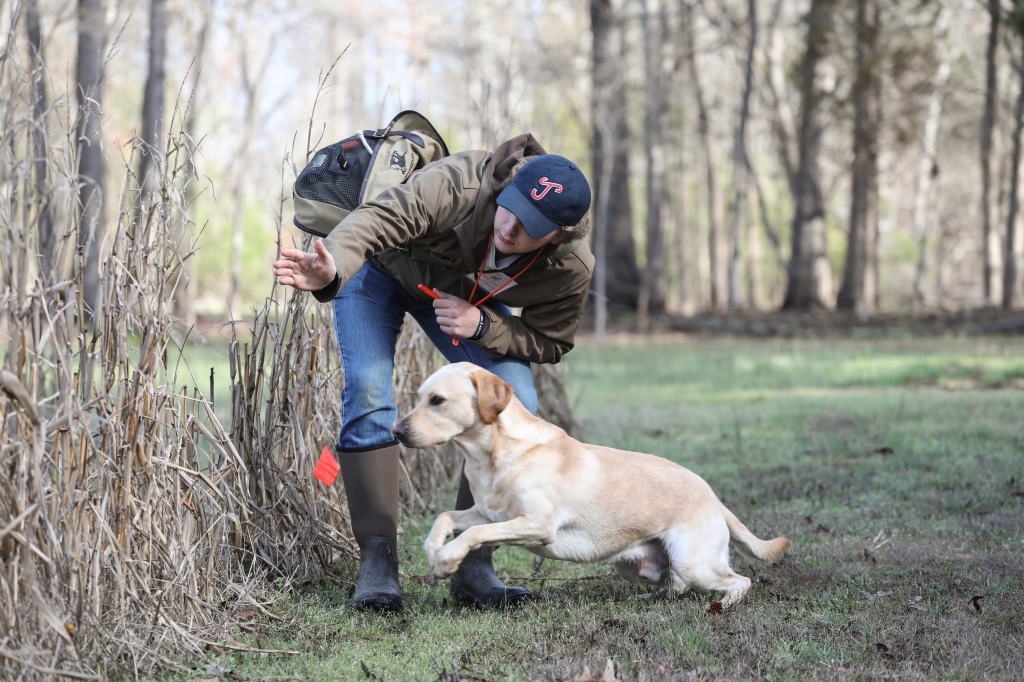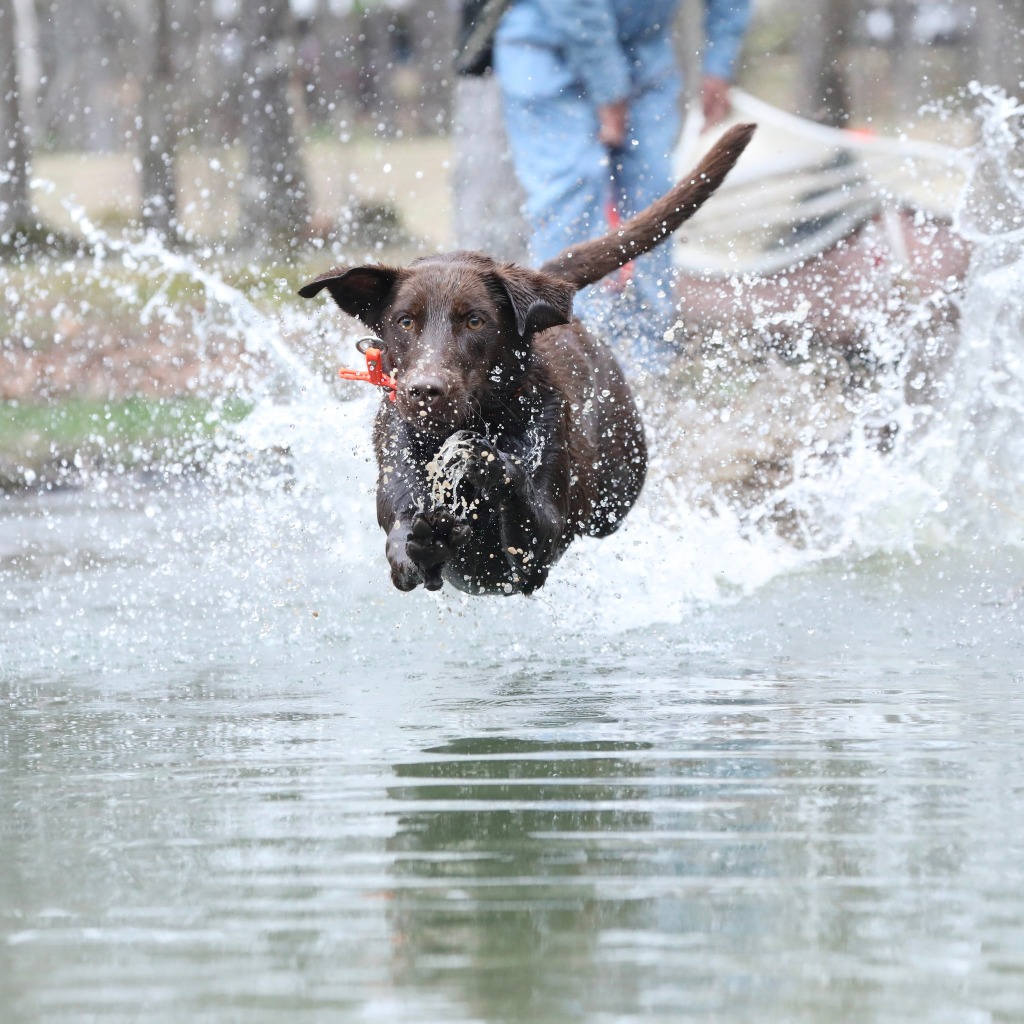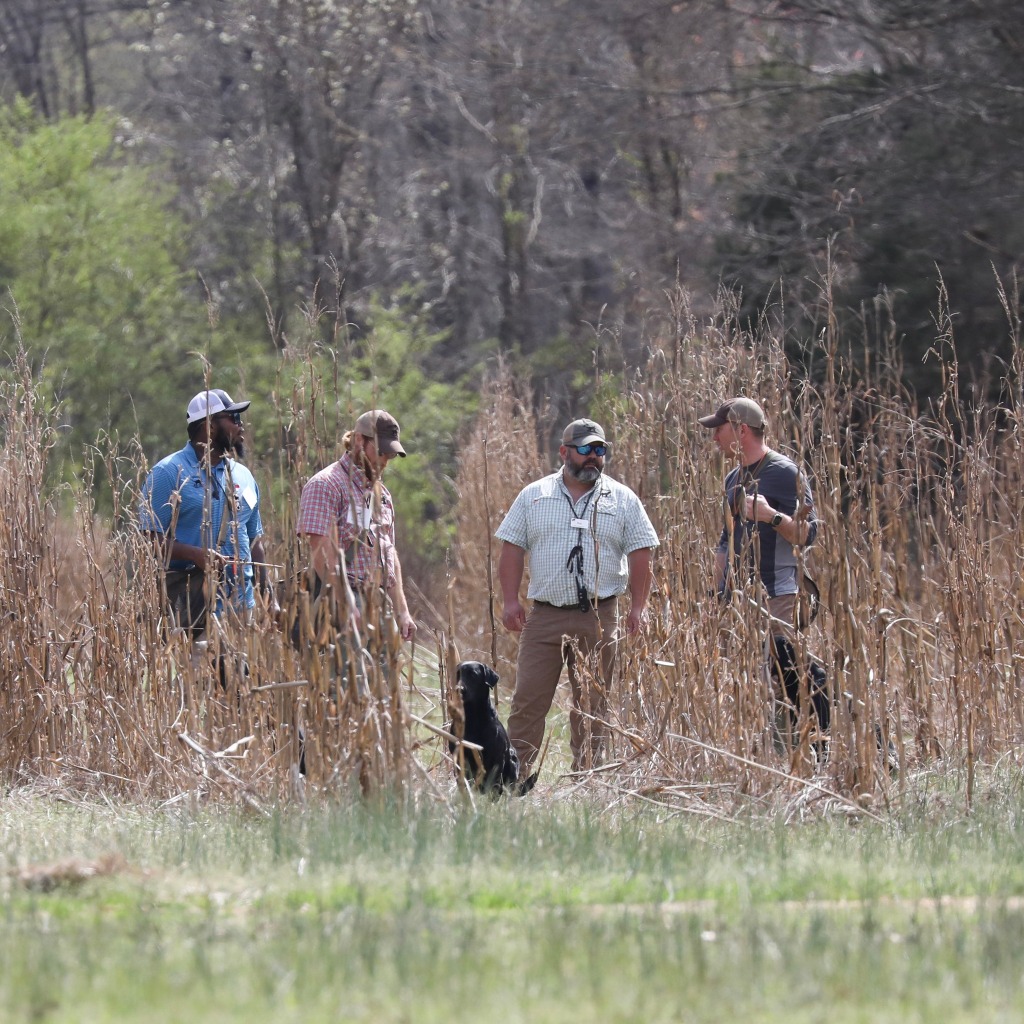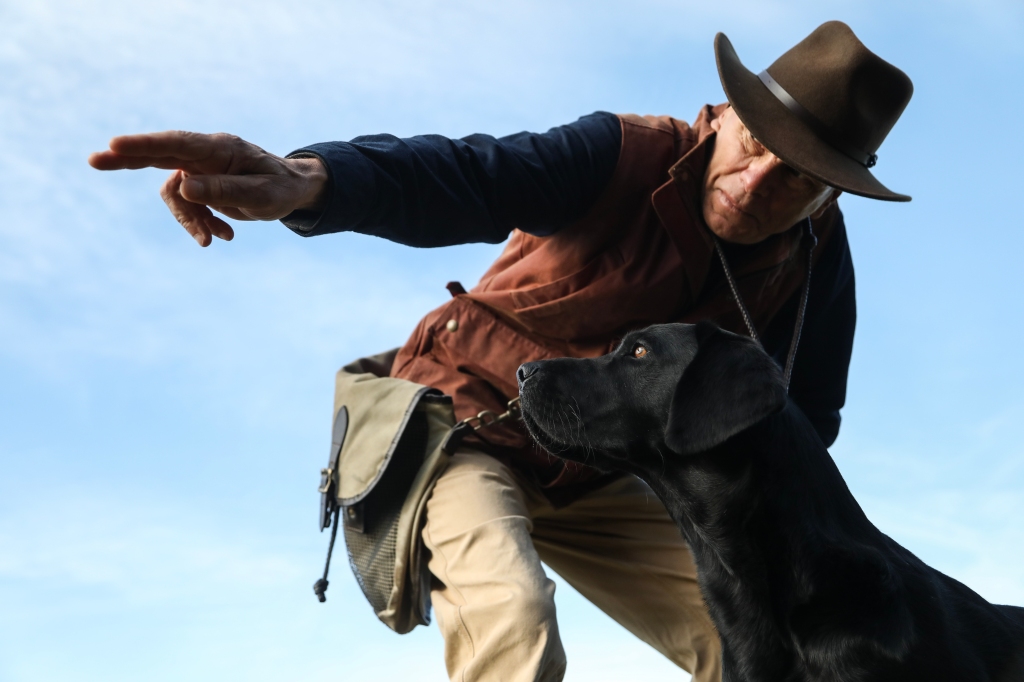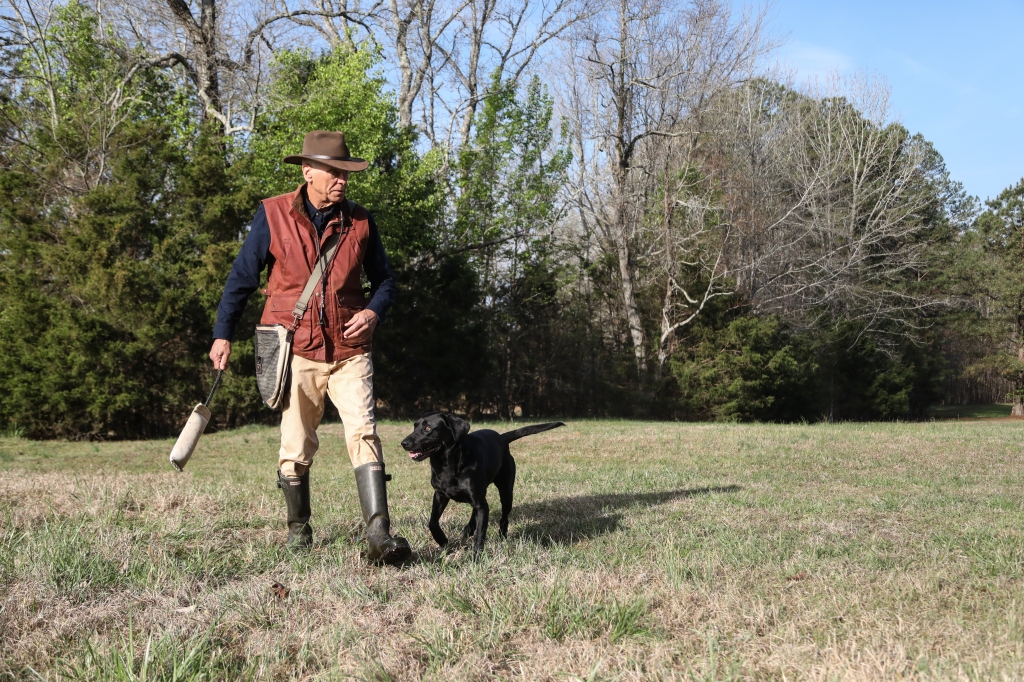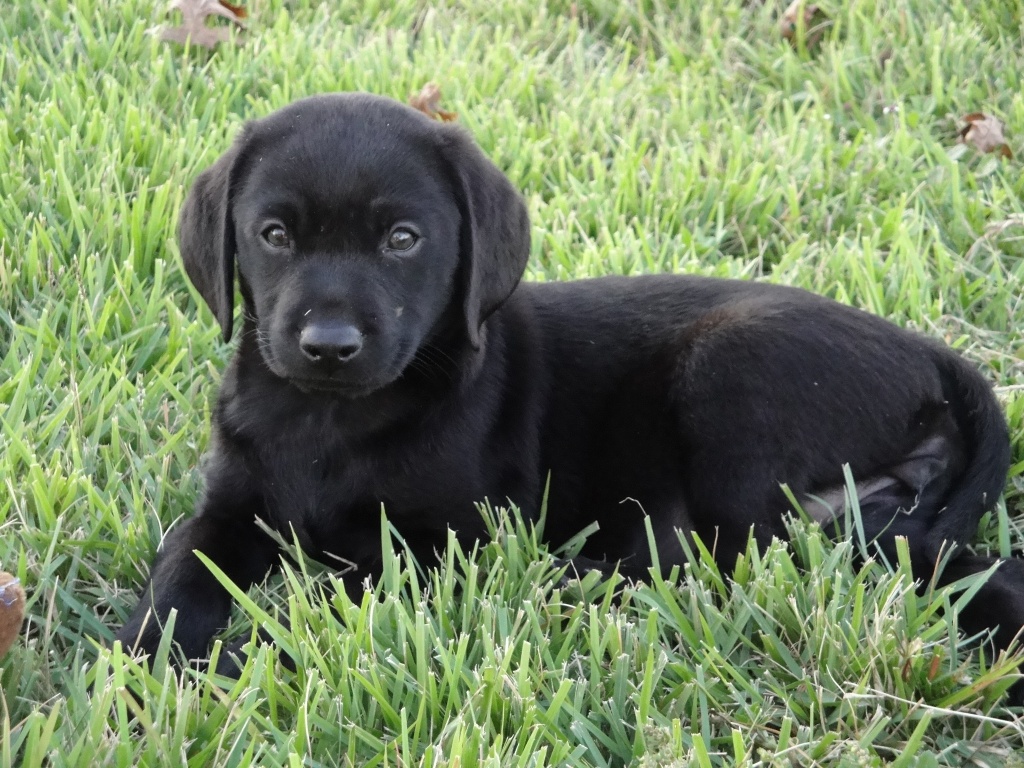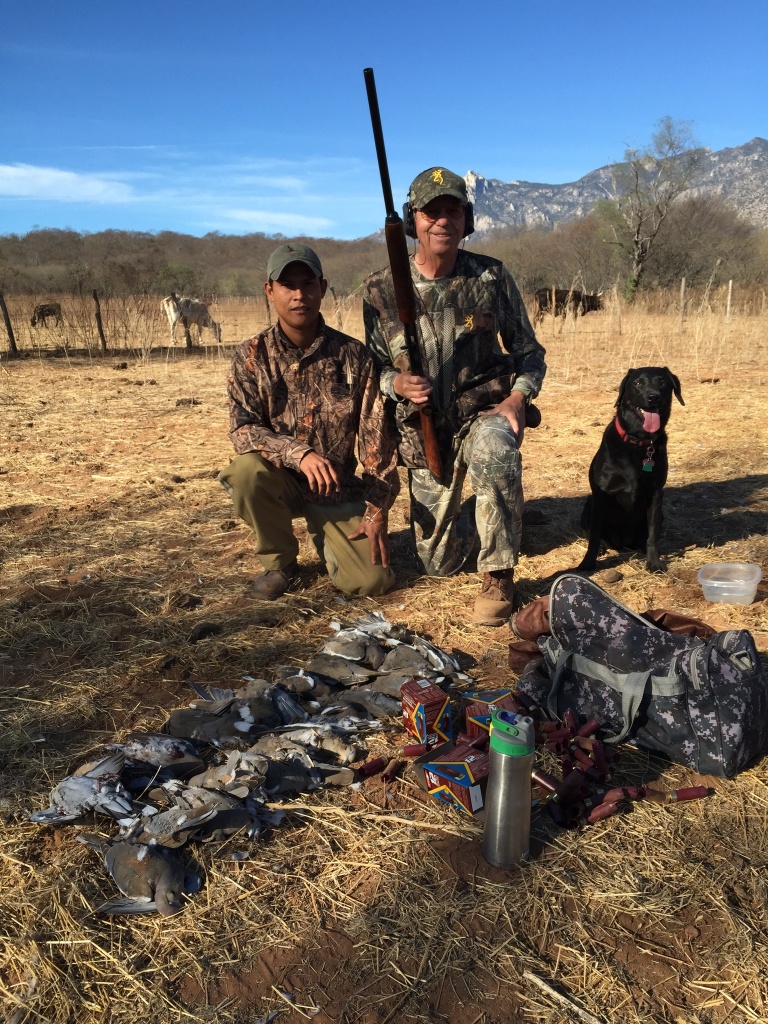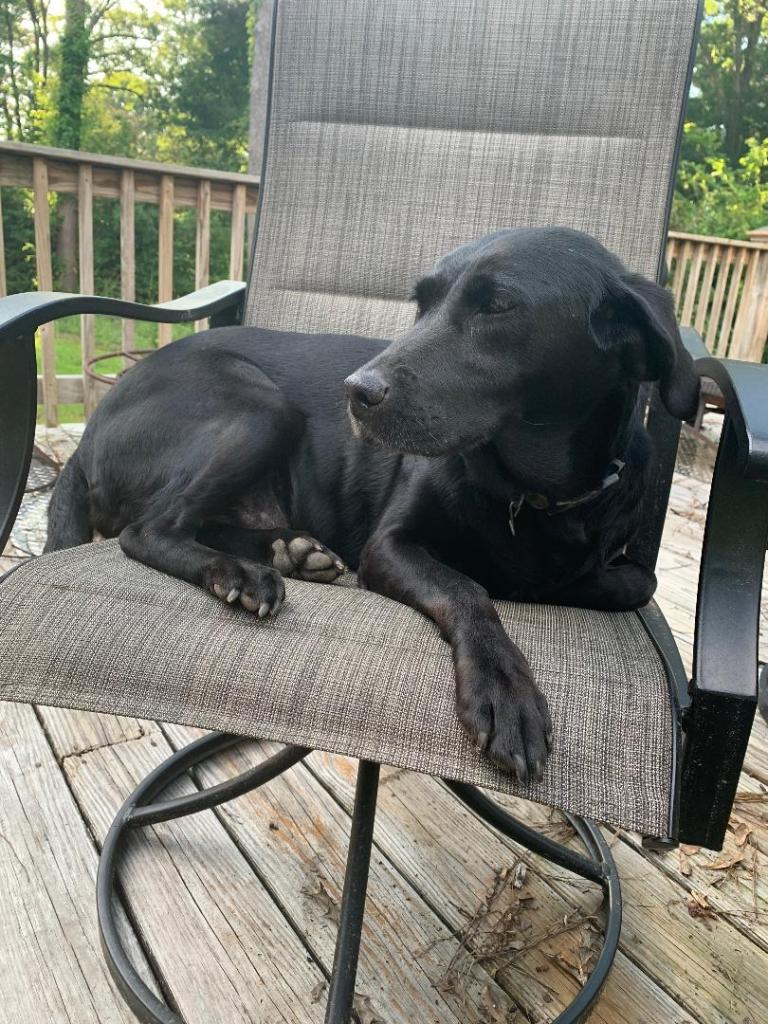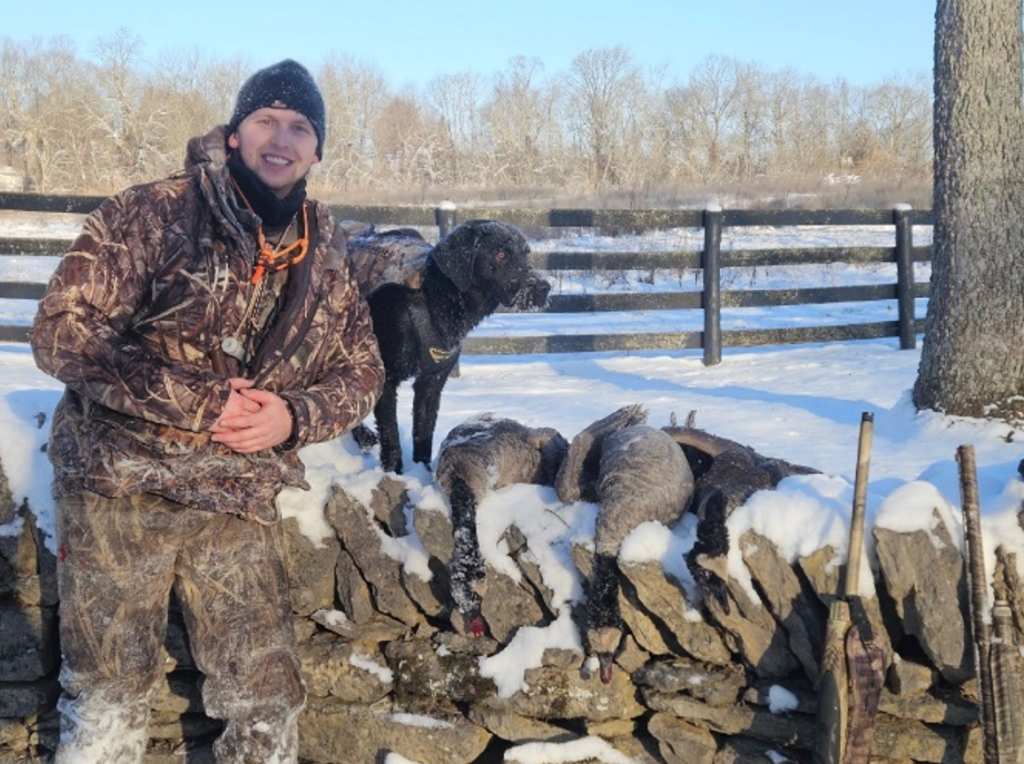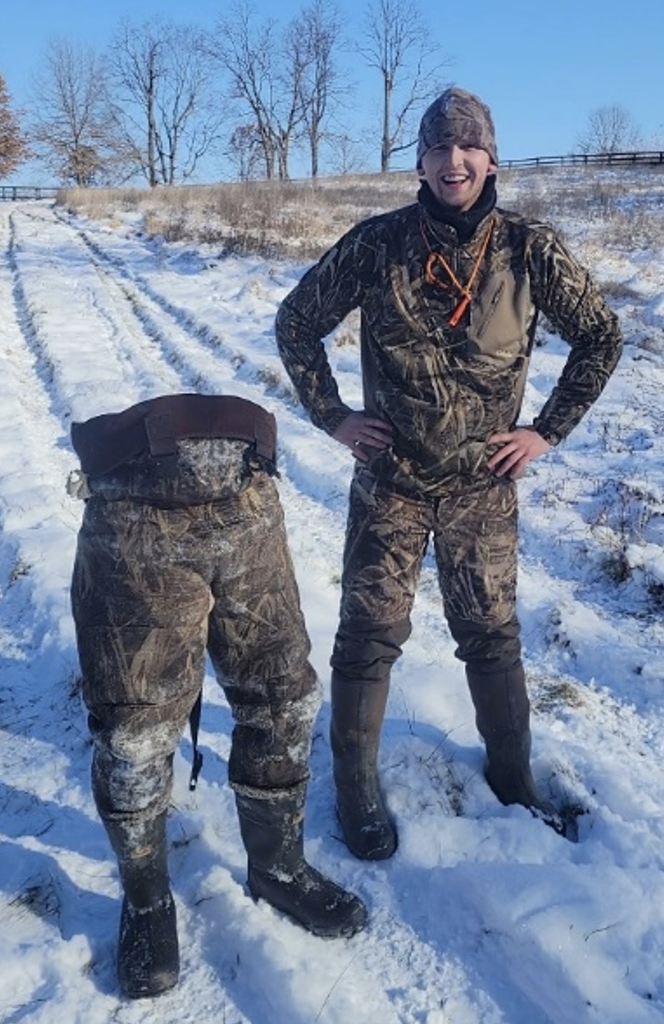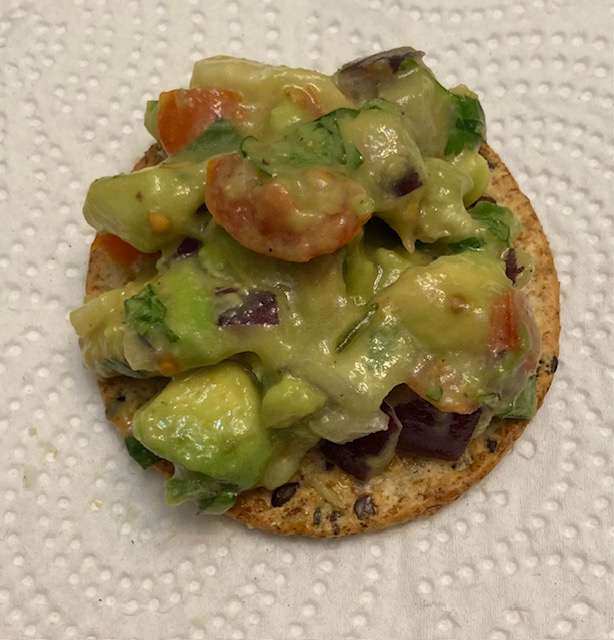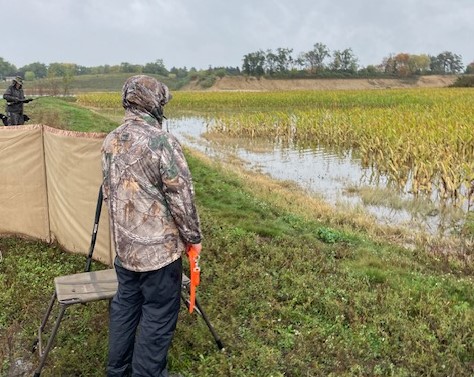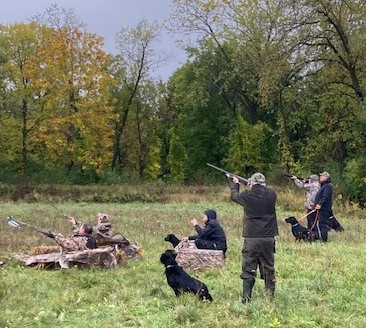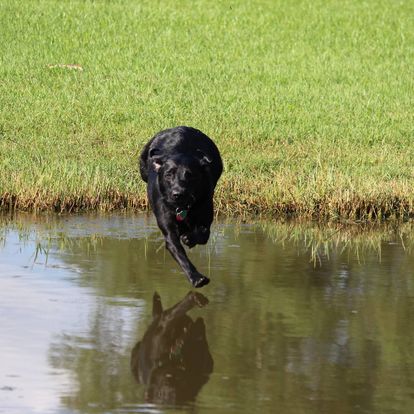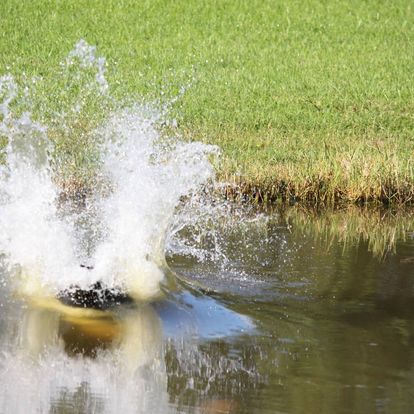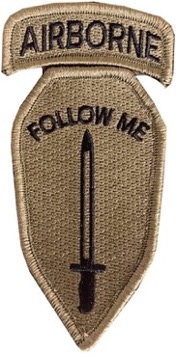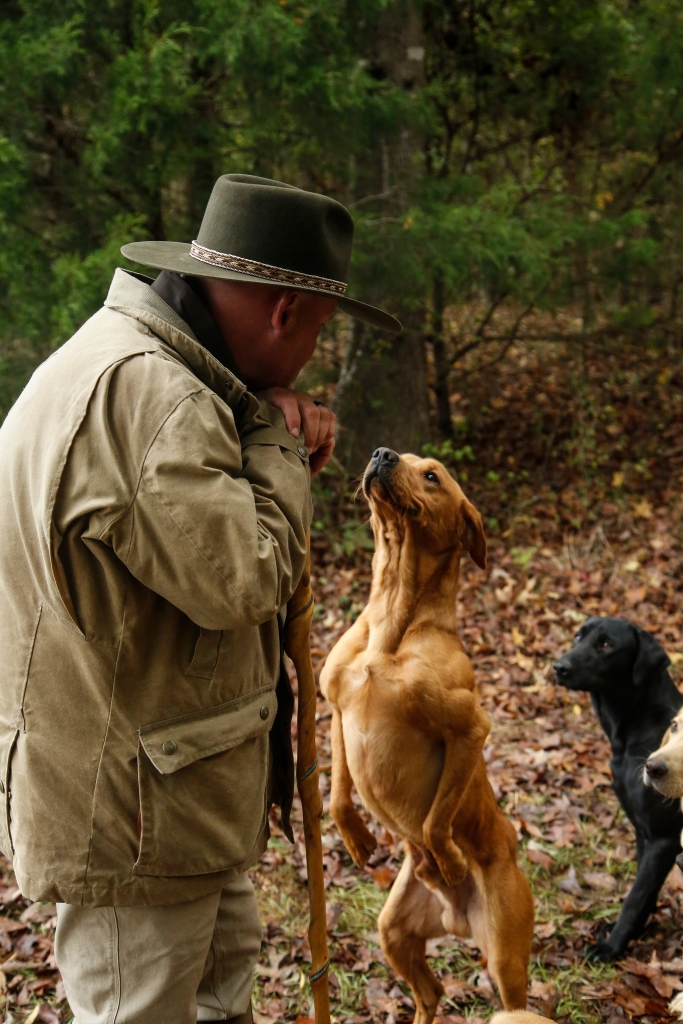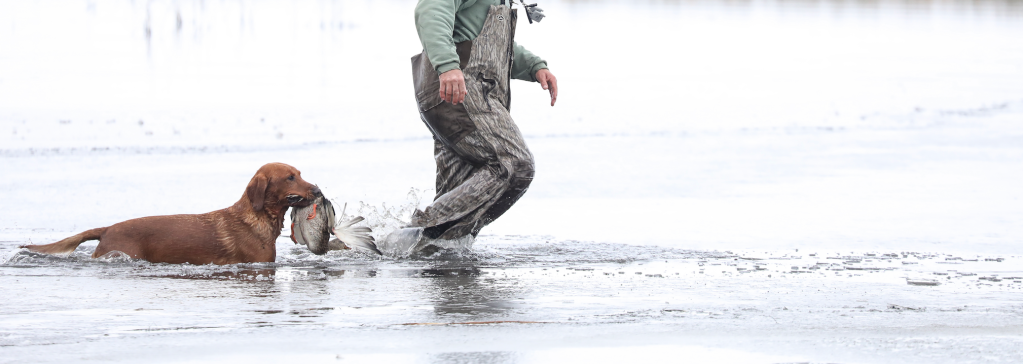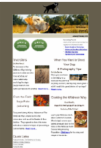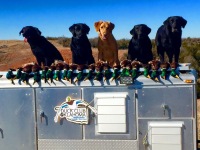By Tom Smith, Wildrose Mississippi
Photos by Katie Behnke
The 2024 Basic and Advanced Handler’s Course was an overwhelming success! Clients from Montana, New York, Canada, and everywhere in between spent hours afield with their sporting companions learning disciplines from early lead work and pack mentality to running cold blinds across water with multiple distractions. We also had the pleasure of spending an entire morning working in the rain. Train as you hunt!
Handler’s Course is a “train-the-trainer” event designed to help everyone become a better handler. Classes focused on reading your dog, understanding canine communication, and then putting it into practice in the field. This seminar is great for new handlers and serves as a great refresher for seasoned handlers.
Here are a few quotes from the weekend:
“Hey, just wanted to tell you what a great time Tammy and I had and we’re so impressed with how far Ryan has brought Jane along. We’re excited to be part of the Wildrose Pack. What a first-class organization. And along with Ryan, the other trainers Will, Bryan, and all the rest. Really cool how they knew Jane and just made us feel really comfortable.”
-Steve L, Kentucky
“I have been to every Handler’s Course since the beginning and 2024 did not disappoint. I saw lots of old friends and met some new pack members. I was reminded of a few things I have gotten sloppy on and I will be back next year to keep the streak alive.”
-Chris W, Louisiana
“Wildrose Kennels is simply the best. They have the best genetics, training and facilities. Wildrose dogs are so exceptional, so distinctive they are recognizable by their excellent manners and personality. I registered for the beginner handler class at Wildrose thinking the “Gentlemen’s Gundog” program would be structured around producing the type of dog a proper gentleman would most like to have. After taking the course, I realize the program develops the dogs into gentlemen and gentleladies that are an absolute pleasure to be around.”
-JJ A, Montana
WR Finn and I had a great weekend at the 2024 Advanced Handlers Retreat. This year was challenging and really put us to the test. We did really well on a lot of the drills and learned what we need to work on for next season. The Handlers Retreat is a great place to train and see where you are doing good with your training and where you need work. I have been to the Handlers Retreat each of the last seven years and every year I have learned something new. This is one of the weekends that I look forward to all year. It’s a great time working with great dogs, and with great people who all enjoy working and training together. There is no place I would rather be!
-Chris H, Mississippi
“The 2024 Advanced Handlers workshop was the best we attended by far. Each and every training scenario carried the theme of the weekend, the unseen. Training scenarios contained cold blinds, short/long bird, marks that become time delayed memories, walk-ups, off the ground finds and stop to the whistle for points and fun. True examples of adding complexity/distance or distractions and sometimes both to basic scenarios transitional work. And it elevated our game as well as we were exposed to areas we need to work on. In addition to working on our skills as handlers, these scenarios allowed us to better develop the relationship with our dogs. Where he gained trust in me, I gained trust in him, and we both gained confidence in each other. Banyan and I grew by leaps and bounds.”
-Maria P and Lisa J, Mississippi

